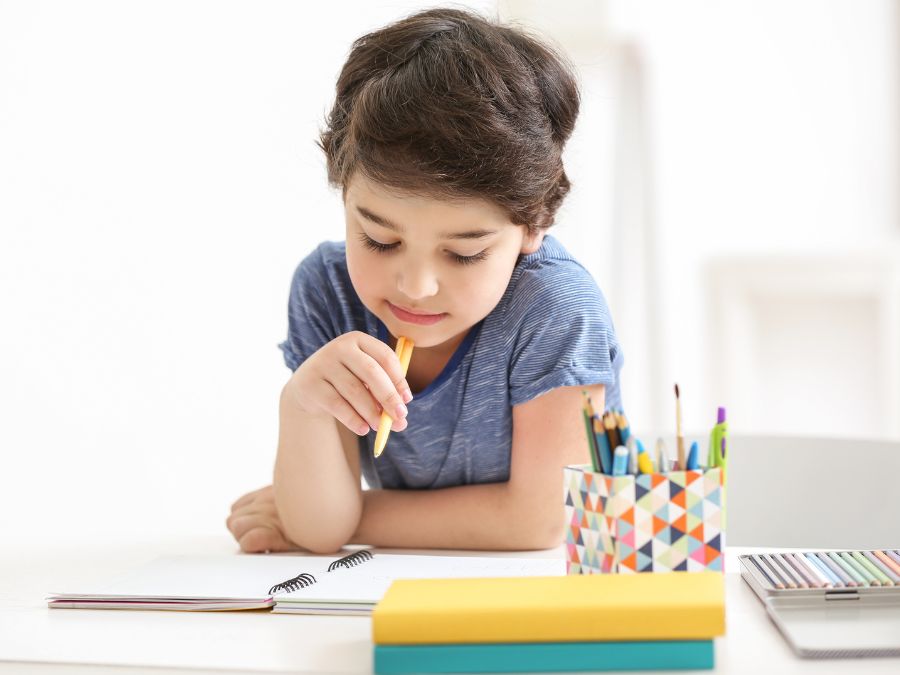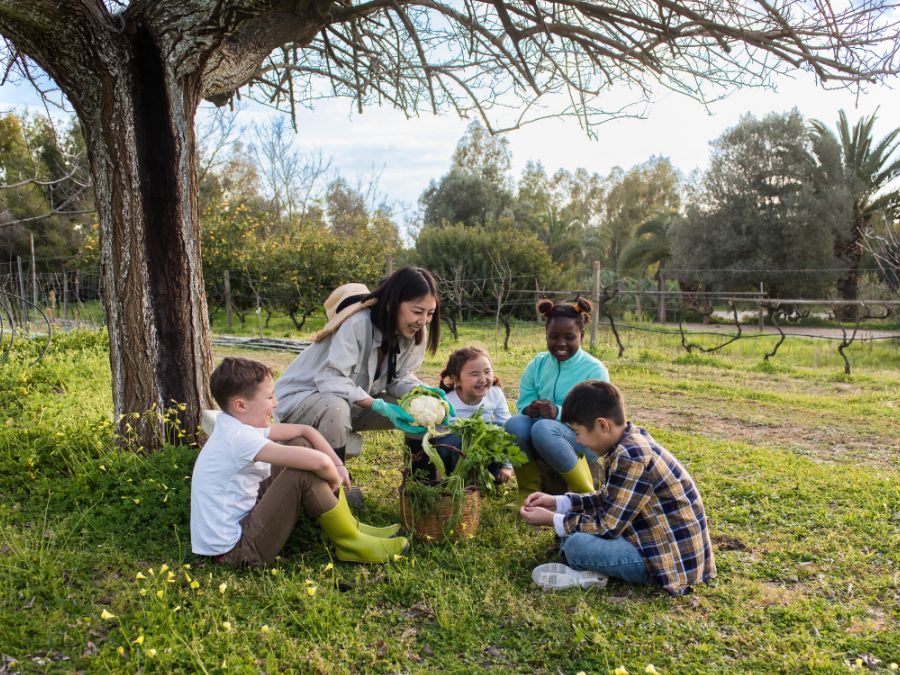
Reflecting on Gratitude and Social Inequities
As Thanksgiving and the indigenous National Day of Mourning approaches, we are reflecting on both our gratitude for all the good that life offers, and also on the deep-seated social inequities that limit access to the building blocks of HOPE.
Over the years, we have heard many stories of the gratitude and excitement people feel when they learn about the HOPE framework. These stories give us hope that more service providers will identify, honor and promote strengths and resilience. Here are two stories of hope from Junlei Li, PhD, the Saul Zaentz Senior Lecturer in Early Childhood Education, at Harvard Graduate School of Education.
Story #1
We were facilitating a community conversation on Zoom for one of most challenging neighborhoods in Philadelphia (that zip code had the highest ACEs score in Philly). As the meeting was beginning, they were reflecting on an ACEs presentation from a previous meeting (not by us). One member was quite angry – “How could they (i.e. city/district) know about ACEs and still do nothing about it!” (There was a Philadelphia study on ACEs that found much higher rate of 4+ ACEs than previous national studies).
When it was our turn, we shared the PCEs (positive childhood experiences) work and listed the seven questions of PCEs, and asked for people’s reaction. There was a thoughtful pause, and then a burst of stories. A middle-aged former middle-school principal says, “You know, I grew up in a single-parent household here, and I’ve witnessed and experienced a lot of what’s going on around here. I am just so glad to know that the reason I made it wasn’t all because of that ‘grit’ thing! … I look at these questions, and I know I can say yes to all of them!”
An elderly community activist says, “I grew up as a single child and I didn’t have any siblings. But I grew up during a time in the neighborhood where there are all sorts of people who looked out for us as kids and talked to us. I see at least four or five of these questions that worked for me. And I tried to do that all these years for the young kids who still come back to me.”
Before the meeting ended, people had asked very specific/concrete questions (including from the same member who was so angry about “not doing anything about ACEs” earlier): Can PCEs happen any time during a child’s life and be helpful? What kind of interventions using the PCEs idea have been successful? What strategies can we use to put PCEs into our health care system, our schools, our neighborhoods?
Story #2
A colleague presented a keynote at a resilience summit for an area of Pennsylvania that has been hit really hard by the opioid epidemic. It was a group of community helpers across many sectors – including businesspeople and law enforcement. Overwhelmingly, they hadn’t heard of PCEs, so when my colleague introduced them and started talking about the capacity for all people to increase the likelihood of PCEs for the children in their community, multiple people reached out to say what hope they felt from the message.
One person in particular said that the ACEs studies made her feel, as a business person, that there wasn’t much she could do – it wasn’t in her area to help children out of abuse and trauma. But the PCEs gave her a way to contribute – they made her feel hopeful that she could be a “small part of the change” that was needed.
Photo by Jeremy Thomas on Unsplash


